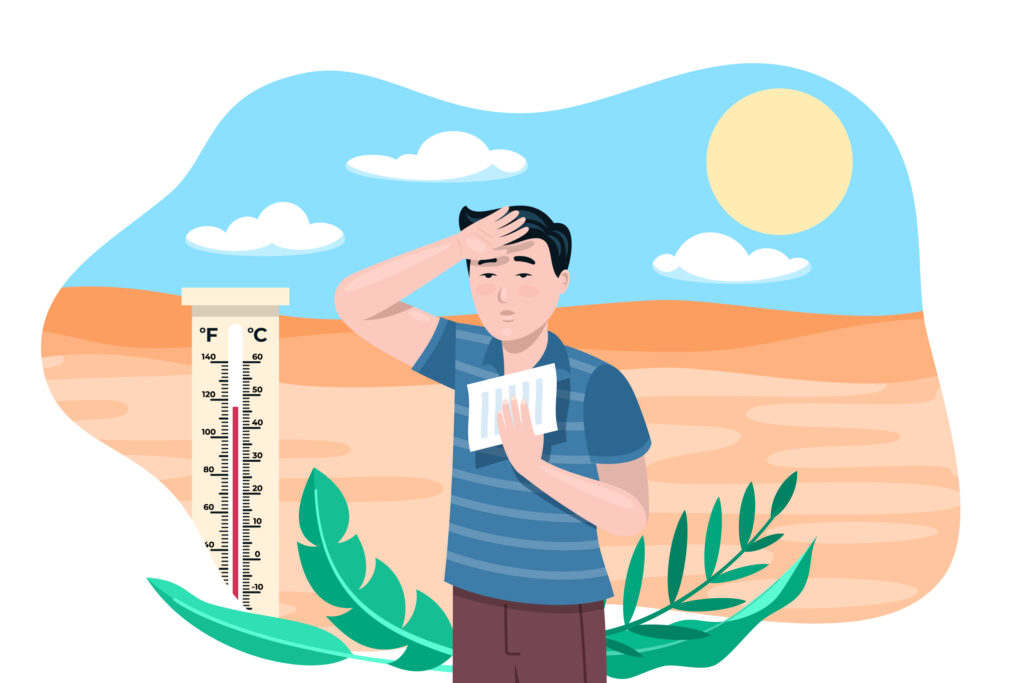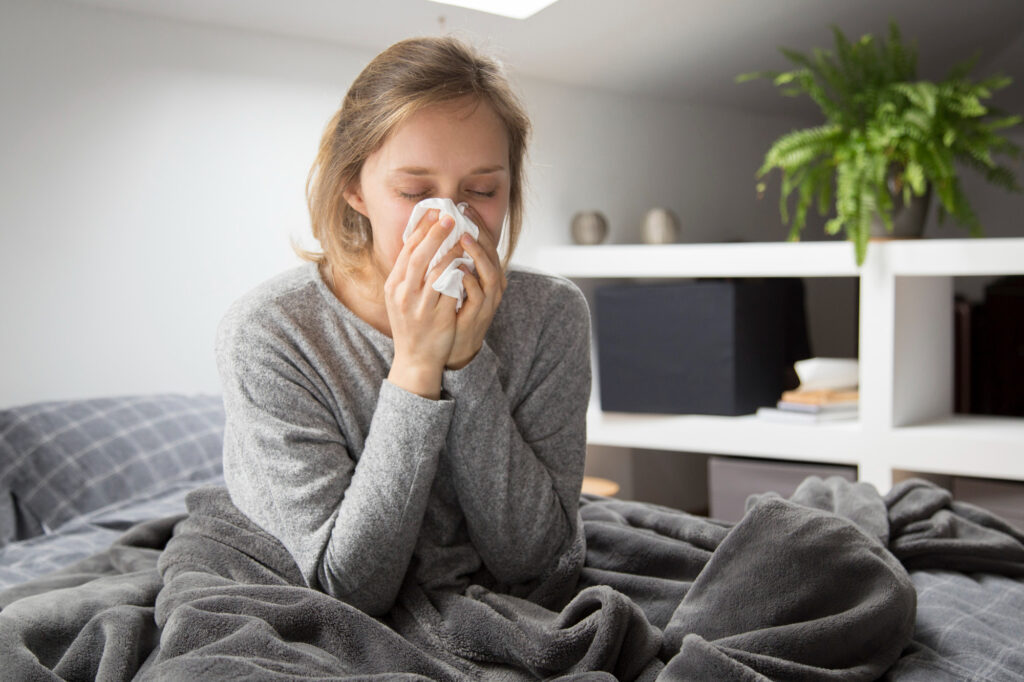Heat Stroke;

What is Heat Stroke?
Heat stroke is a severe form of heat-related illness characterized by a dangerously elevated body temperature, often exceeding 104°F (40°C). It occurs when the body’s ability to regulate its temperature fails due to prolonged exposure to high temperatures.
Signs and Symptoms of Heat Stroke:
Early Warning Signs:
At the onset of heat stroke, individuals may experience symptoms such as:
- Excessive sweating
- Flushed skin
- Rapid heartbeat
- Nausea or vomiting
- Headache
- Fatigue or weakness
Advanced Symptoms:
As heat stroke progresses, more severe symptoms may manifest, including:
- Body temperature above 104°F (40°C)
- Rapid breathing
- Dry, hot, and red skin
- Confusion or disorientation
- Loss of consciousness
- Seizures
Causes of Heat Stroke:
Environmental Factors:
Heat stroke typically occurs in hot and humid environments when the body is unable to cool itself efficiently through sweating. Prolonged exposure to high temperatures, especially during heatwaves, increases the risk.
Physical Exertion:
Engaging in strenuous physical activity, particularly in hot weather, can lead to heat stroke. The body generates heat during exercise, and when combined with high temperatures, it can overwhelm the body’s cooling mechanisms.
Risk Factors :
Certain factors can increase an individual’s susceptibility to heat stroke, including:
- Age (elderly and infants are more vulnerable)
- Chronic medical conditions (e.g., heart disease, obesity)
- Medications that affect the body’s ability to regulate temperature
- Dehydration
- Alcohol consumption
What to Do When You Get Heat Stroke?
If you suspect someone is experiencing heat stroke, it is crucial to take immediate action:
- Move to a Cool Environment:
Get the person out of the heat and into a shaded or air-conditioned area. - Cool the Body:
Use cold compresses, ice packs, or a cool bath to lower the body temperature. - Hydrate:
Offer the person cool water to drink, but avoid alcohol or caffeinated beverages. - Seek Medical Assistance:
Heat stroke is a medical emergency. Call emergency services or take the person to the nearest hospital for prompt treatment.
Treatment for Heat Stroke:
Cooling Measures:
Medical professionals will focus on rapidly lowering the body temperature through methods such as:
- IV fluids
- Evaporative cooling techniques (e.g., misting fans)
- Cold water immersion (in severe cases)
Monitoring and Support:
Patients may require monitoring of vital signs, electrolyte levels, and organ function. Supportive care, such as oxygen therapy or medication to prevent complications, may also be provided.
Complications :
Untreated heat stroke can lead to serious complications, including:
- Brain damage
- Organ failure (e.g., kidney, liver)
- Muscle breakdown (rhabdomyolysis)
- Death
Prompt recognition and treatment are essential to prevent long-term complications and improve outcomes for individuals experiencing heat stroke.


Pingback: Vitamin D 3 Cream - Uses, Side Effects - Modern Health
Pingback: Common health conditions - MedWebMD